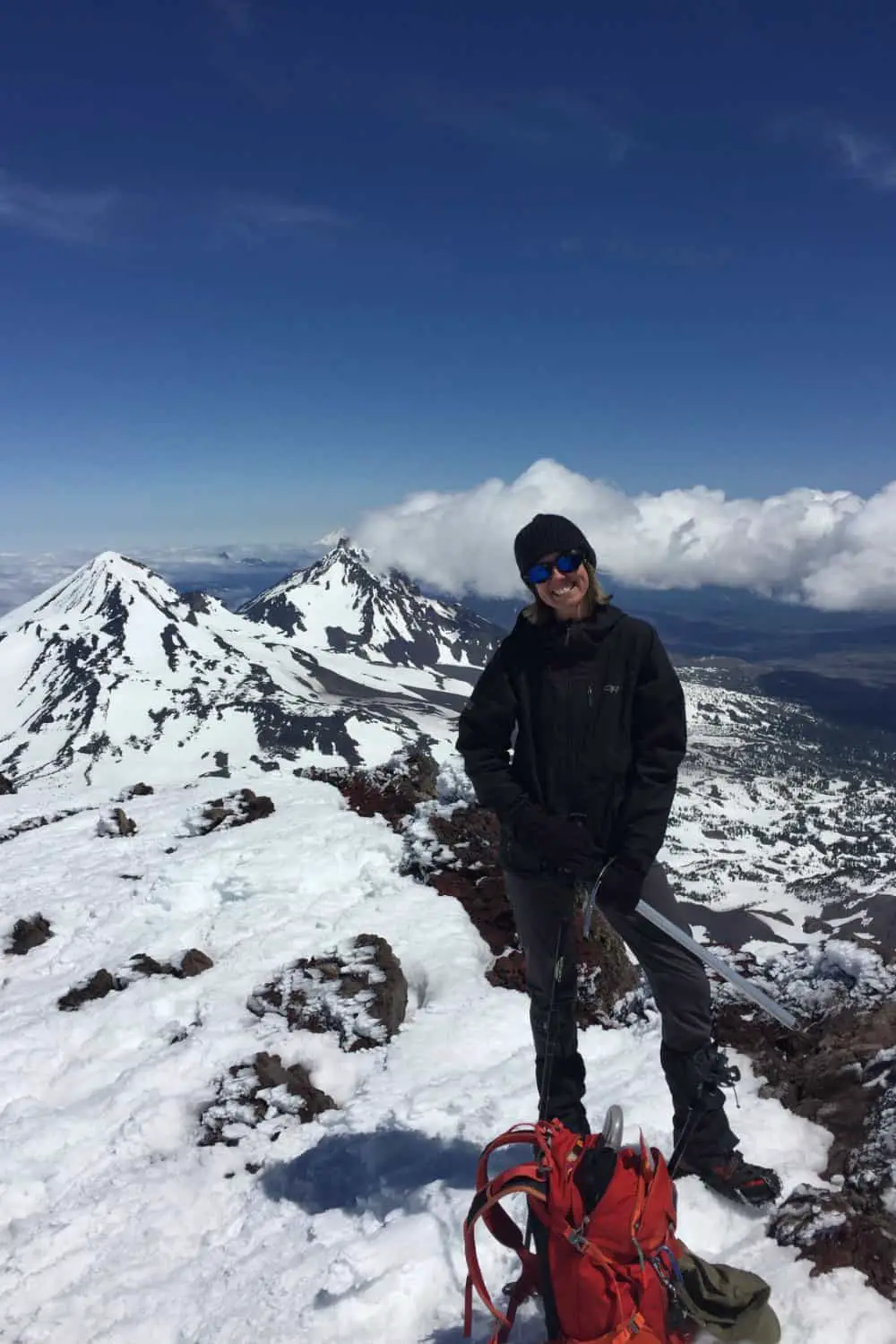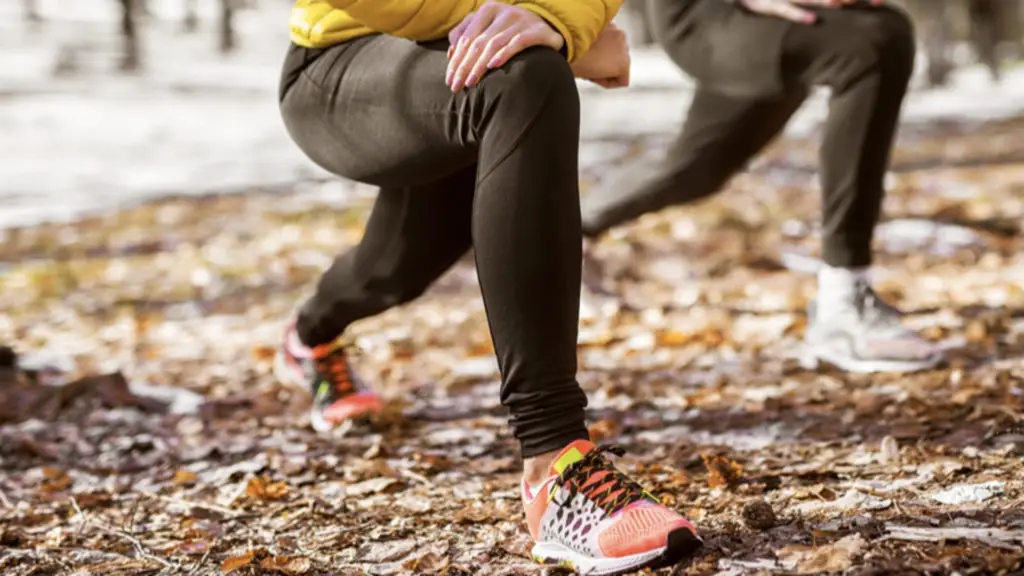The garment formerly known as long underwear, these wool, silk, or capilene leggings are key for winter excursions. When temperatures plummet, our incredibly smart circulatory system makes sure our vital organs stay warm first, leaving our extremities out in the cold (couldn’t resist). So if we keep our arms and legs, hands and feet warm enough, our system can focus on the important stuff and we can remain all-over comfortable the whole time.
We complicate the temperature-regulation process by exerting ourselves to the point of sweating out in the elements, winding up with hot bodies and wet skin in cold air, which is a recipe for physiological disaster, and if we don’t wear the right fabrics, we are putting ourselves at risk for a whole slew of uncomfortable issues. Summertime temperature regulation is fairly simple and includes wearing these same breathable/wicking fabrics—in the form of tanks and shorts—because you still need to stay dry and not overheat. But in the summer, you’re hot, you hike, you get hotter, you stop moving, you cool down to a nice temp. In winter, you’re cold, you hike, you get hot, you stop moving, you freeze. Whole different ballgame. Sweat isn’t as dangerous in the summer as it’s your body’s attempt to cool down; you just need to hydrate a ton. Sweat in the winter is fairly complex though, and needs to be handled in a serious manner.
The layer next to your skin has got to be moisture-wicking and breathable. Wool and synthetic substitutes are best. I cannot stress this enough: no cotton. None. Cotton gets wet and stays wet, leading to chills, chafing, overall misery, and eventually hypothermia. Wool and synthetics wick the moisture away from you, dry quickly, are lightweight, and help regulate your body temperature.
So pants. Base layer pants will likely be on you the whole hike; you’ll modify your body temp as the day goes on by adding or subtracting top layers, not bottoms. Which means they need to be comfortable, because you’ll spend most of your winter hikes in them, climate depending of course. Your best bets for base layer fabrics are:
Wool
- Soft, ultrafine fibers
- Wicks moisture well but won’t feel quite as dry as a synthetic fabric will, and takes a little longer to dry
- Can be blended with synthetics
- Can come in light, mid, and heavy weights
- Cools in warm weather
- Strangely odor-free (it’s naturally resistant to bacteria)
Silk
- Exceptionally soft
- Not odor-resistant
- Good for non-extreme weather
- Doesn’t wick as well as wool, and is not as durable
- Supple, slinky texture allows layers to easily slide over it
Synthetics (nylon, polypropylene, rayon, polyester, or a blend of synthetics)
- Super dry; synthetics excel at wicking and dissipating moisture
- More durable than wool or silk
- Some synthetic base layers have a finish that inhibits bacteria
- Spandex added to any of these gives the fabric a little stretchiness
Generally your base layers will be offered in three different weights (light, mid, and heavyweight). While you might leap from “I get cold easily” to “I need a heavyweight baselayer” keep in mind that the baselayer’s main job is to manage sweat—it’s the outer layer that keeps you warm.
- Lightweight (moderate to cool temps)
- Midweight (cold temps)
- Heavyweight (below freezing)
Some Comfort Features You’ll Want To Look For
- Length: A good base layer pant will be plenty long, covering the whole leg
- Waist: A smooth waistband that doesn’t cut in
- Irritations: Bottoms should be free from tags and rough seams; look for tagless with flat seams
Our Favorite Base Layer Bottoms
- REI Coop Midweight Base Layer Tights
- REI Coop Silk Long Underwear
- Patagonia Capilene Air Bottoms
- Odlo Performace Blackcomb Base Bottoms
- Smartwool Merino 250 Asymmetrical Bottoms

Wendy Harrington is a California native who has lived in a small town at the foothills of the Cascade Mountains in Washington state since 2001. Her love of trail running and peakbagging has led her to summit all five Washington volcanoes, climb to the high points of three states, and put nearly a thousand miles a year on her boots. Her loves include ridgelines, saddles, granite, one-day pushes on big mountains, anything volcanic, long solo days, and objectives that push limits and test endurance.

